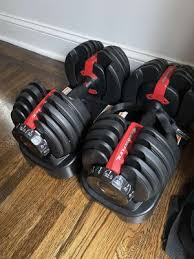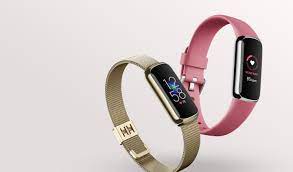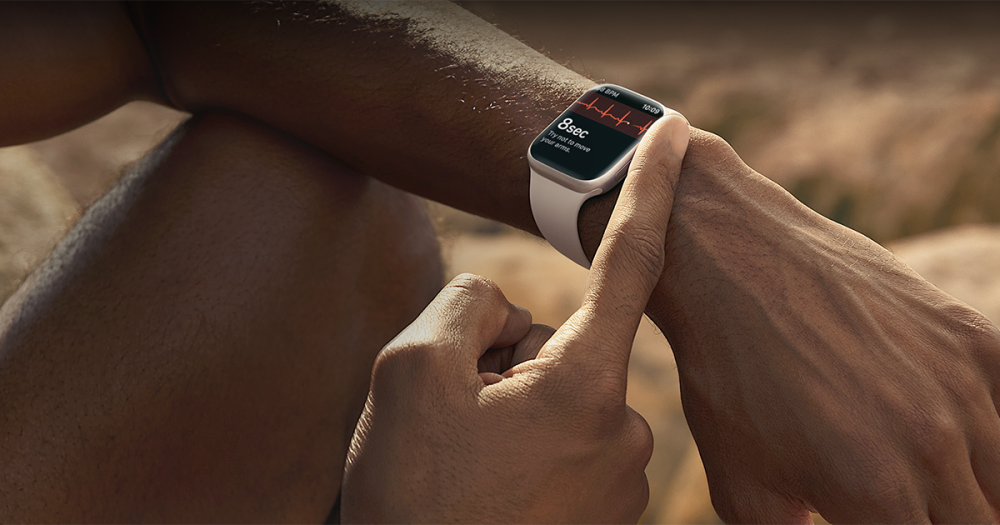From wearable fitness bands that monitor the user’s heart rate, to earbuds that do double duty as hearing aids, and mindfulness smartphone apps designed to reduce stress, the digital disruption of healthcare and wellness has continued to march forward. However, healthcare has not exactly turned into healthware just yet, but the trend to increased digitization of some health and fitness related applications is expected to continue this fall.
Much of that trend is due to growing consumer acceptance. One in three smartphone owners in the U.S. monitor their health or fitness through their phone, according to a study by Deloitte. Among older adults, aged 50 to 80, 44 percent say they use at least one mobile health app, and of those, 25 percent have shared personal health data with their doctors. And the aging population, with more chronic conditions like diabetes, suggests more consumers will use related apps. Indeed, according to the Deloitte study, 45 percent of those surveyed with type 2 diabetes said they are interested in using apps to track their blood sugar and insulin levels. Consequently, consumers are expected to increasingly use digital tools to share medical information like menstrual cycles and even conduct virtual appointments—with some caveats.
“We’ve already seen Apple, for example, raise the specter of access to health information in its commercials,” points out Ross Rubin, principal analyst at Reticle Research. “Because of this, there will be limits to the amount of processing of data that can be done, because much of it will be limited to being on-device.”
The digitization of health and wellness is also reflected in upcoming trade shows, such as IFA in September. In addition to its traditional emphasis on home appliances, this year the show will focus even more on fitness and digital health. Some of the brands that will be part of that focus in Berlin, Germany, include Fitbit, Garmin, Amazfit, Therabody, and Smart Medical Devices.
The iWatch Tipping Point
As the major tipping point in consumer acceptance, analysts point to the Apple Watch. When it was first introduced in 2014, Apple did not have a clear focus for the device—but the company soon discovered the Watch’s killer app: monitoring your heart health. By 2018, stories about how early watch warnings had saved wearer’s lives were already in the headlines, and Apple announced new electrocardiogram and irregular rhythm notification apps.
Today, clinical studies have shown that the Apple Watch is an effective tool for those at risk. The devices have demonstrated that the irregular heart rhythm feature has a sensitivity of 88.6 percent and a detection specificity of 99.3 percent. Doctors now regularly recommend that patients who have been diagnosed with atrial fibrillation (AFib) and have undergone ablation surgery use a smartwatch like the Apple Watch to continue to monitor their heart health.
The next generation of smartwatches and wearables will no doubt leverage the increasing use of artificial intelligence and generative AI programs witnessed in nearly every technology category. And while AI also faces thorny challenges when it comes to the use of intimate personal health data, Reticle’s Rubin says AI will increasingly be used to make “personalized recommendations and avoid serious events such as strokes.”
“You’ll see more advanced metrics being put in front of consumers now,” agrees Nevin Francis, director strategic insights for GfK. He expects to see products reflecting this fact at IFA in September.
As a matter of fact, watchmaker Citizen has already tapped AI models developed in conjunction with IBM’s Watson for its smartwatches. The goal is to more accurately assess and work with each individual’s traits and behavioral patterns, including personal circadian rhythms. The company’s CZ Smart Hybrid Gen-2 watches also work with a smartphone app to deliver more personalized health and wellness advice.
How much of an impact the digitization of healthcare can have on the medical community was demonstrated this past year after the U.S. FDA approved a new category of over-the-counter hearing aids last summer. The new rules essentially cut the cost of such devices for Americans from $5,000 or more to $1,000—or less. It also allowed major CE brands like Sony, Jabra, and Sennheiser to enter the market. The product category now ranges from true wireless earbud-like products like Jabra’s $799 Enhance Plus, to Sennheiser’s $1,399.95 All-Day Clear earpieces, which in a blurring of the lines between medtech and consumer tech, are sold not only OTC at retailers but also through professional healthcare providers.
“The OTC category has the potential to expand the overall market by getting consumers started on their hearing journey earlier,” says Martin Grieder, global vice president,
consumer hearing business at Sonova, which acquired Sennheiser last year. “So far, the new OTC category has increased awareness of the importance of hearing health in the US.” Sonova anticipates that as their hearing changes, many consumers will eventually seek out the help of a healthcare professional, suggesting that buyers will start with OTC devices and later switch to what are considered to be true medtech devices that require a doctor’s guidance.
Fitness is Going Strong

While wellness programs such as mental health coaching app Ginger continue to gain wider acceptance (along with greater recognition of the importance of mental health), fitness apps, devices, and equipment continue to dominate the wellness category.
The major question six months ago was: would people go back to the gym and pay for fitness memberships again or would they stay home, now content with virtual cycle classes and digital fitness trackers? So far, the trend has paralleled the mixed back-to-the-office trend. Some consumers have resisted going back and decided that running outside or using a home treadmill is better than the gym, while others have been eager to return to more socially engaging workouts at health clubs.
The home fitness market for equipment, including devices such as treadmills and smart weights like Bowflex’s SelectTech Dumbells, continues to grow. According to Fortune Business Insights, the global home equipment market is expected to increase from $11.6 billion this year to $16.6 billion by 2030, with an annual average growth rate of over 5 percent.
On the other hand, there are signs that many folks have tired of working out at home and have headed back to the local fitness center.
Last year, for example, Peloton’s stock dropped roughly 78 percent as more people climbed off their bikes and went back to the gym. And the premium exercise equipment and subscription provider continues to feel downward pressure.
“It’s kind of a mixed bag, and we’re definitely uncertain about what’s next in terms of the economic environment,” admitted the company’s CEO, Barry McCarthy, on a recent earnings statement conference call.
The company has shifted its focus from hardware sales to boosting fitness subscriptions and expects to have between 3.08 and 3.09 million members by the end of 2023. However, it also noted that for the fourth quarter this year, it expects to see an overall decline year-over-year in memberships for the first time ever.
That trend away from home digital fitness and into the clubs may not continue, however. According to the industry trade group, International Health, Racquet & Sportsclub Association (IHRSA), more than one out of five people in the U.S. (21.8 percent) belonged to a health club in 2021. That amounted to about 66.5 million consumers and a growth rate of 3.8 percent as the world began to emerge from the pandemic.
Since then, membership appears to have leveled off or even declined. According to researchers at IBIS World, the U.S. market for gym, health, and fitness clubs declined by 5.5 percent last year. So, what the future holds as people worry about a recession remains to be seen.
Wearables Still Rule
Either way, the data seems to bode well for wearables and digital fitness devices as smartwatches and smart bands have continued to increase sales. For example, global revenue for smartwatches is expected to increase from $44.1 billion in 2023 to $61.7 billion by 2027, a roughly 37 percent increase. Apple continues to dominate smartwatches with 26 percent of the market share worldwide, according to Counterpoint Research, but that is down from a 37 percent market share the previous year. And Samsung is still a major player with a consistent 9 percent market share. There is plenty of room for competition and consumer choice.

Image: Fitbit.
Google’s acquisition of Fitbit in 2021 was a recognition of this fact and an acknowledgment that the way to get people to wear a smartwatch was by emphasizing the exercise and wellness component rather than taking phone calls on your wrist.
Will there be a new killer app for digital health and wellness before the end of this year?
Since the precipitous downfall of blood analysis startup Theranos, Silicon Valley has been more wary of claims of digital disruption in the healthcare and fitness market. And we still have not seen the flood of urine analysis devices touted at last January’s CES, such as Withings’ U-Scan, a hands-free connected home urine lab. Skeptics assert that our appetite for such diagnostic gadgets in the home may already be satiated. On the other hand, many people doubted a watch would ever become a valuable tool for cardiologists.
“Sensor tech, like urine analysis,” says GfK’s Francis, “is still a nascent industry.”















